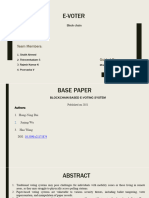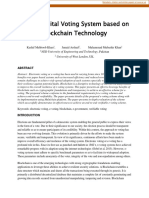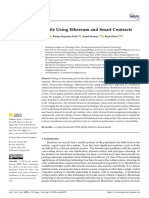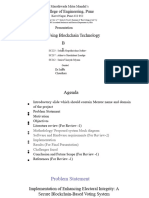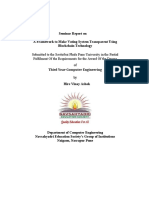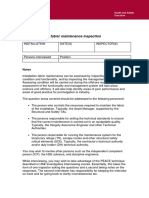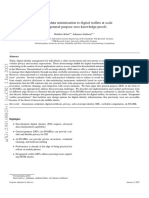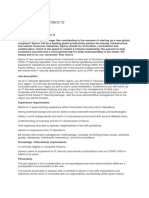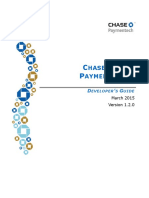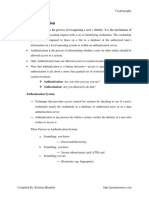0% found this document useful (0 votes)
22 views7 pagesBlock Chain
The Blockchain-Based Voting System aims to create a secure, transparent, and incorruptible voting process using blockchain technology and biometric authentication. It addresses issues of traditional voting systems, such as manipulation and low transparency, by ensuring that only verified voters can cast votes, which are then encrypted and logged on a private blockchain. The system's architecture includes a frontend for voter interaction, a backend for managing authentication and encryption, and smart contracts for automating vote validation and tallying.
Uploaded by
hemavasanth69Copyright
© © All Rights Reserved
We take content rights seriously. If you suspect this is your content, claim it here.
Available Formats
Download as DOCX, PDF, TXT or read online on Scribd
0% found this document useful (0 votes)
22 views7 pagesBlock Chain
The Blockchain-Based Voting System aims to create a secure, transparent, and incorruptible voting process using blockchain technology and biometric authentication. It addresses issues of traditional voting systems, such as manipulation and low transparency, by ensuring that only verified voters can cast votes, which are then encrypted and logged on a private blockchain. The system's architecture includes a frontend for voter interaction, a backend for managing authentication and encryption, and smart contracts for automating vote validation and tallying.
Uploaded by
hemavasanth69Copyright
© © All Rights Reserved
We take content rights seriously. If you suspect this is your content, claim it here.
Available Formats
Download as DOCX, PDF, TXT or read online on Scribd
/ 7



